Search
Remove Ads
Advertisement
Summary 
Loading AI-generated summary based on World History Encyclopedia articles ...
Search Results
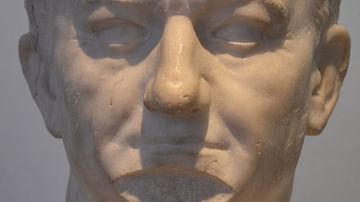
Definition
Vespasian
Vespasian was Roman emperor from 69 to 79 CE. Vespasian was the last of the four emperors who governed the Roman Empire in the year 69 CE. The previous three had died either by murder or suicide. Unlike Galba, Otho and Vitellius, Vespasian...
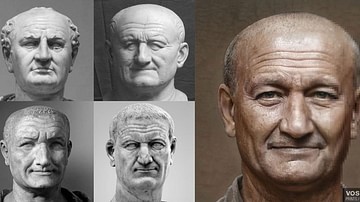
Image
Vespasian (Artistic Facial Reconstruction)
A photorealistic representation of what the Roman emperor Vespasian (r. 69-79 CE) may have looked like. Pictured alongside the reconstruction are the artworks and statuary used as references. From left to right and top to bottom, these are...
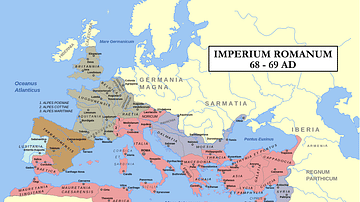
Article
The Batavian Revolt
Batavian revolt was a rebellion of the Batavians against the Romans in 69-70 CE. After initial successes by their commander Julius Civilis, the Batavians were ultimately defeated by the Roman general Quintus Petillius Cerialis. The year...

Image
Bust of Roman Emperor Vespasian
A portrait bust of Roman Emperor Vespasian (1st century CE), recovered from the River Tiber. (Palazzo Massimo, National Museum of Rome).
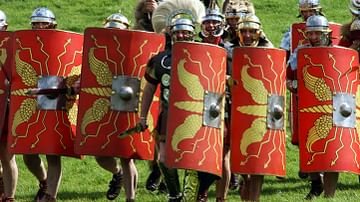
Definition
Legio I Germanica
Legio I Germanica was a Roman legion that won acclaim early under Augustus (27 BCE - 14 CE) but was stripped of its title for cowardice. Stationed on the Lower Rhine, the legion mutinied in 14 CE and then faced disgrace when it turned traitor...
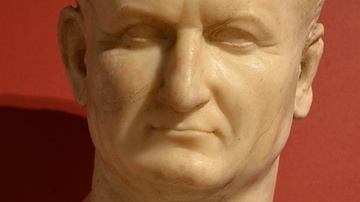
Image
From Nero to Vespasian
A marble portrait of Vespasian (r. 69 to 79 CE) found at Lucus Feroniae (an ancient Roman colony near Rome). This portrait, carved in a high-quality Parian marble, was refashioned from the Emperor Nero (r. 54 to 68 CE) into the likeness of...

Image
Roman Emperor Vespasian, Palazzo Massimo
A portrait bust of Vespasian, from Ostia, 69-79 CE. (Palazzo Massimo alle Terme, Rome)
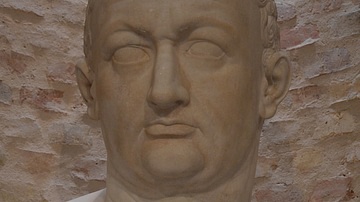
Image
Roman Emperor Vespasian, Neues Museum
Colossal bust of the emperor Vespasian, 69-79 CE, from Rome. (Neues Museum, Berlin)
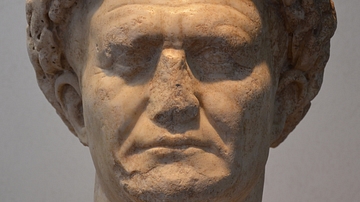
Image
Roman Emperor Vespasian, Minturnae Bust
A portrait bust of Vespasian, from Minturnae (Minturno, Italy), 69-79 CE. (Palazzo Massimo alle Terme, Rome)
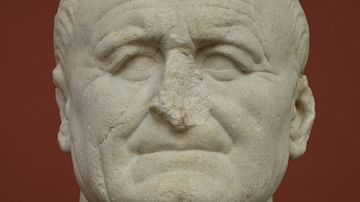
Image
Roman Emperor Vespasian, Ny Carlsberg Glyptotek
A portrait of Roman Emperor Vespasian, from Naples, c. 70 CE. (Ny Carlsberg Glyptotek, Copenhagen)